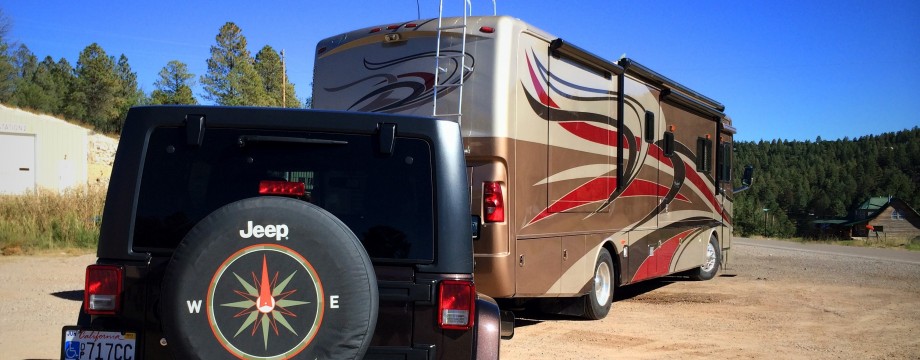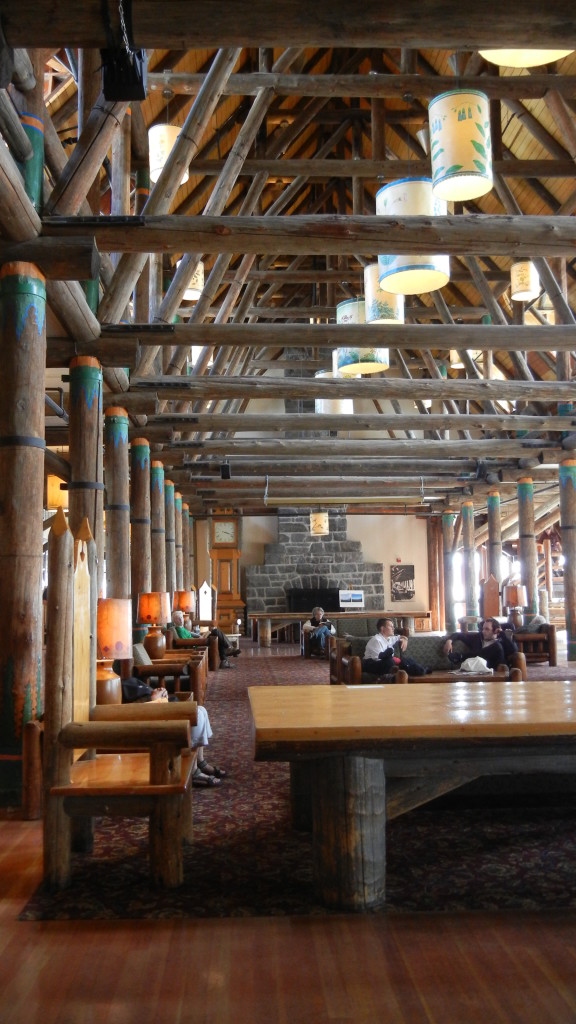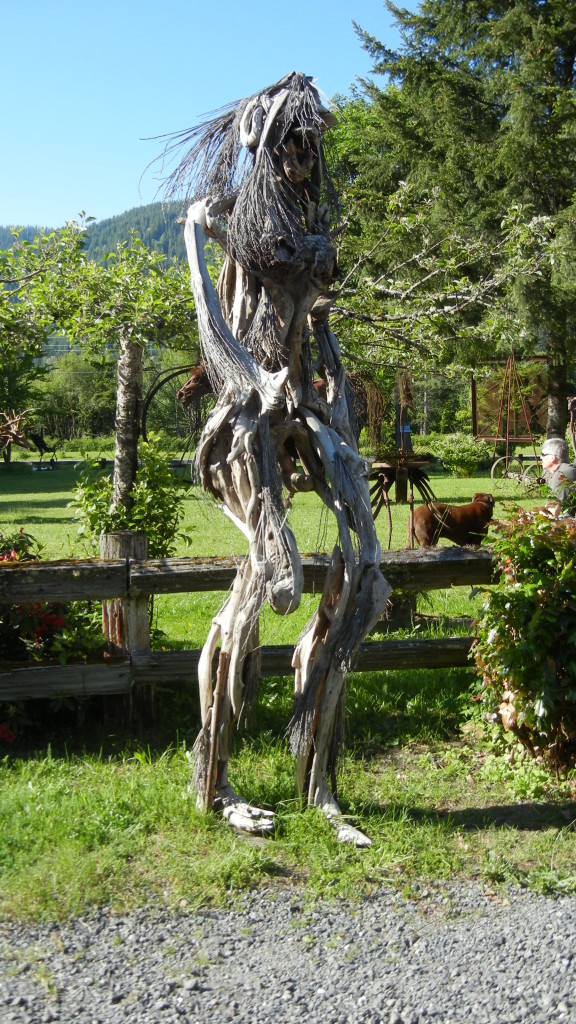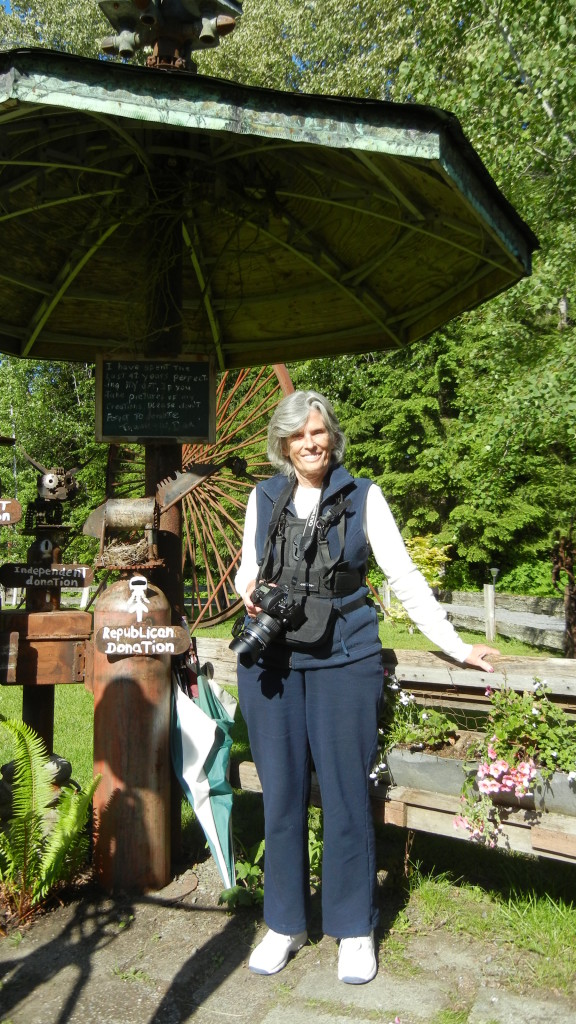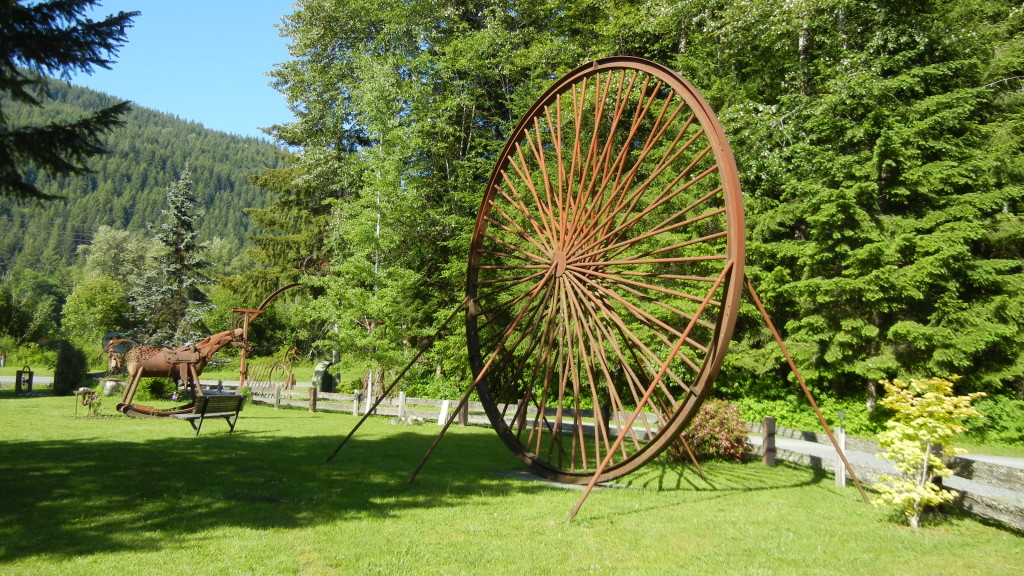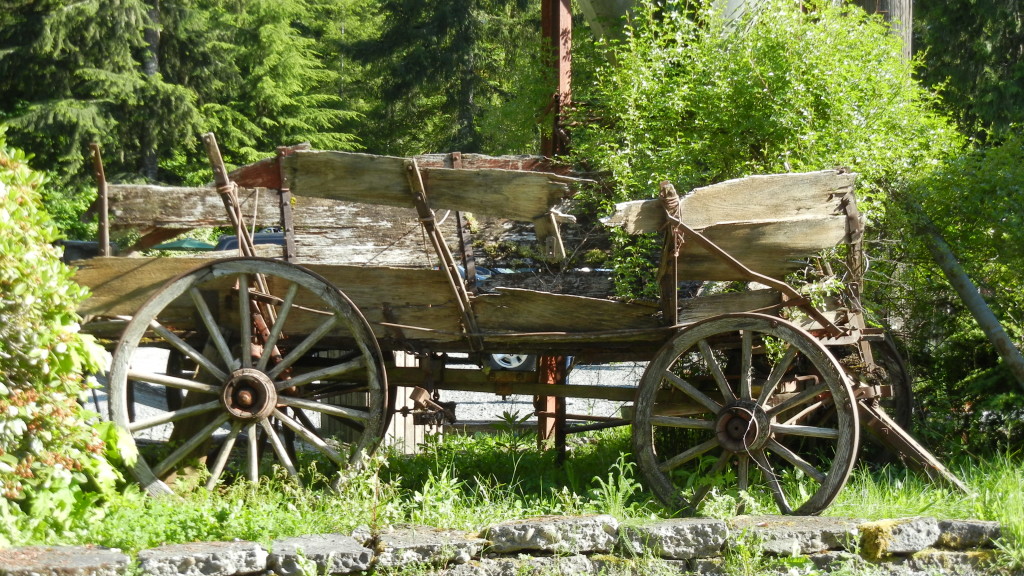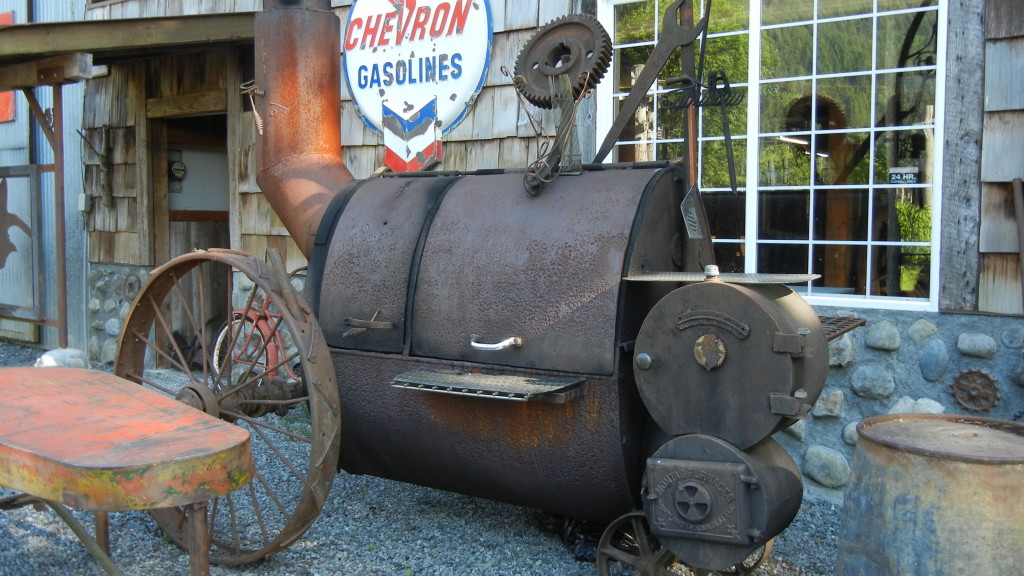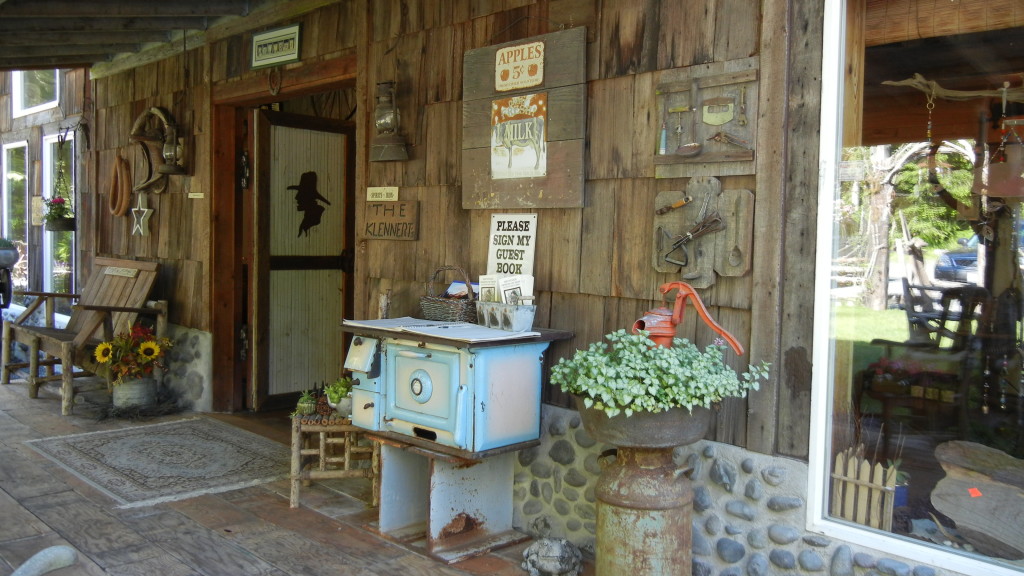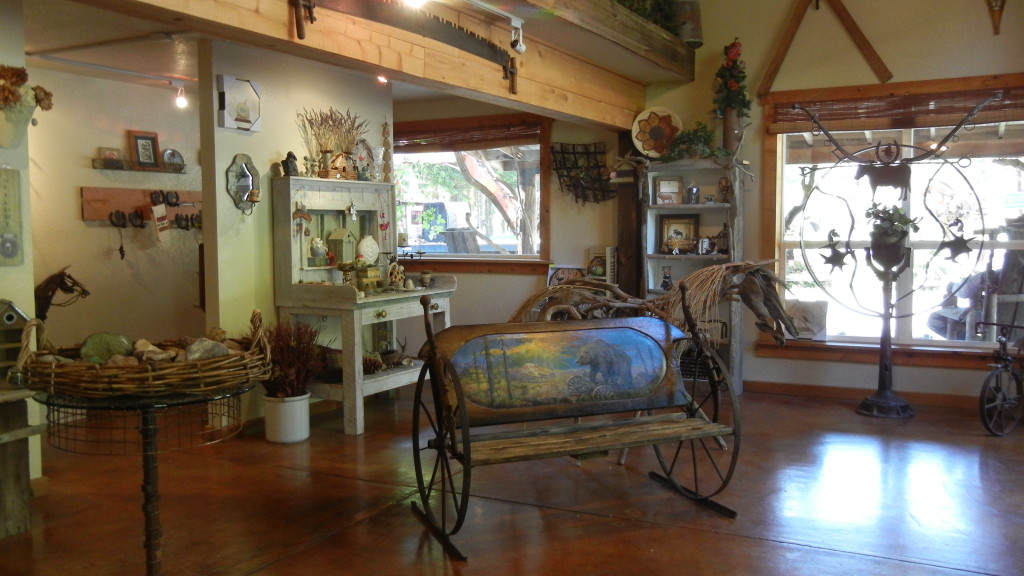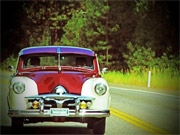JUNE 1, 2014
Our stay in Washington with John and Jude is about to end. We decided to take a day trip to Mr. Rainier. I’ve been wanting to go there for years. Ever since I took Steph to the University of Puget Sound many years ago for her first year at college and saw snow-capped Mt. Rainier in the distance, it’s been on my list of ‘wanna visit places. Today’s the day! The sun is shining. Perfect. It’s about a two hour drive, so let’s get going!
Mt. Rainier, located 54 miles southeast of Seattle, is one of the most topographically prominent mountains in the “Lower 48.” With a summit elevation of about 14,500 feet, it is also considered one of the most dangerous volcanoes in the world. Although there is no current evidence of an imminent eruption, one could be devastating. If Mt. Rainier were to erupt as powerfully as Mt. St. Helens did in 1980, the effect would be cumulatively greater because of the far more massive amounts of glacial ice locked on the volcano. Also, the surrounding area is far more heavily populated than the area around Mt. St. Helens. Mudflows from an erupted Mt. Rainier could even destroy parts of downtown Seattle, and cause tsunamis in Puget Sound and Lake Washington! (Interesting: I haven’t even laid eyes on a volcano for decades, yet in the few days I’ve visited two of them…both dangerous ones!)
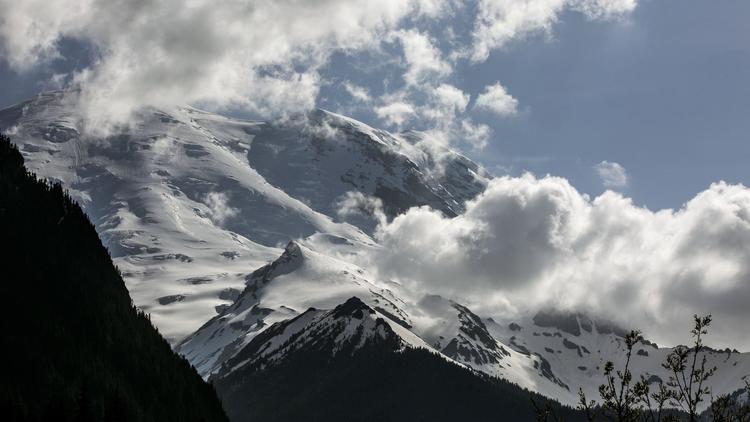
Mr. Rainier…close up and personal. We had an awe-inspiring view this afternoon, amplified by the fact that just yesterday six hikers lost their lives attempting to reach the summit. Two were professional guides…who’d each reached the summit 50 times previously.
The mountain is contained within Mount Rainier National Park, established by Congress in 1899. The park encompasses 236,000 acres, much of which has been designated by Congress as Wilderness. Glaciers are among the most conspicuous and dynamic geologic features on Mount Rainier. They erode the volcanic cone and are important sources of stream-flow for several rivers, including some that provide water for hydroelectric power and irrigation. Together with perennial snow patches, the 26 major glaciers cover about 36 square miles of the mountain’s surface. Hiking, back-country skiing, photography and camping are popular in the park. Winter sports including snowshoeing and cross-country skiing are also popular. Mountain climbing on Mount Rainier is difficult, involving traversing the largest glaciers in the United States south of Alaska. Most climbers require two or three days to reach the summit. About 8,000 people attempt the climb each year. About half the attempts are successful, with weather and conditioning being the most common reasons for failure. In fact, just yesterday six hikers attempting to reach the summit were presumed dead after being caught in a huge unexpected crush of ice and snow, falling more than 3,000 feet and disappearing into an abyss of snow and ice. The professional guides with the group, who also perished, had successfully reached the summit fifty times in the past. A local TV news truck was at the scene today, as were some ambulances and other emergency vehicles, but by this evening the search had been canceled. Officials reported that there was “no viable chance of survival.” All climbers who plan to attempt to reach the summit are required to purchase a Climbing Pass and register for their attempt. I’ve done neither!
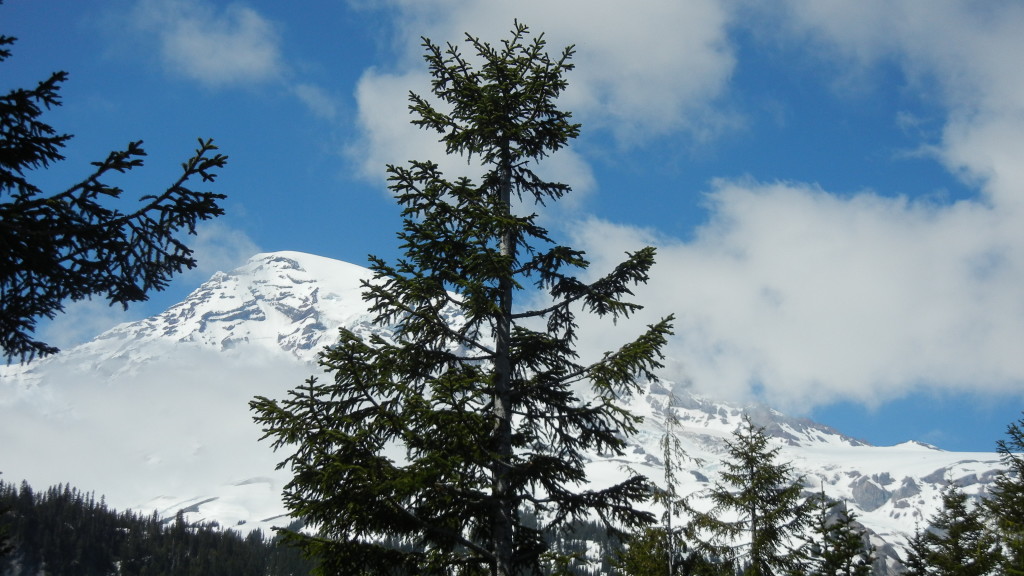
I know, the composition of this photo is really poor, but it was the only clear shot I was able to get of the mountain today.
RECYCLED IRON AND DRIFTWOOD SCULPTURE. On the way back down the mountain, we stopped in the tiny town of Elbe, to visit the outdoor gallery of artist and sculptor Dan Klennert. It’s right along the road, beautifully landscaped and hard to pass, given the fascinating huge steel sculptures that are so eye-catching and unusual. They remind me of those commissioned by my departed friend and philanthropist Dennis Avery, which have for years been on display in Borrego Springs, California.
The gallery is called Recycled Spirits of Iron Sculpture. All the pieces are fashioned from scrap iron and driftwood. Klennert says, “Everything is something made out of nothing.” The artist was born in 1950 and has lived in the area since he was seven years old. He creates for the love of art and gets his inspiration from “the shapes and spirits contained in old metal and pieces of driftwood.” I think the artist is no doubt a sort of recycled hippie…a talented guy who recycles the metal and driftwood pieces he uses in his art. Very interesting and an absolutely beautiful spot!


